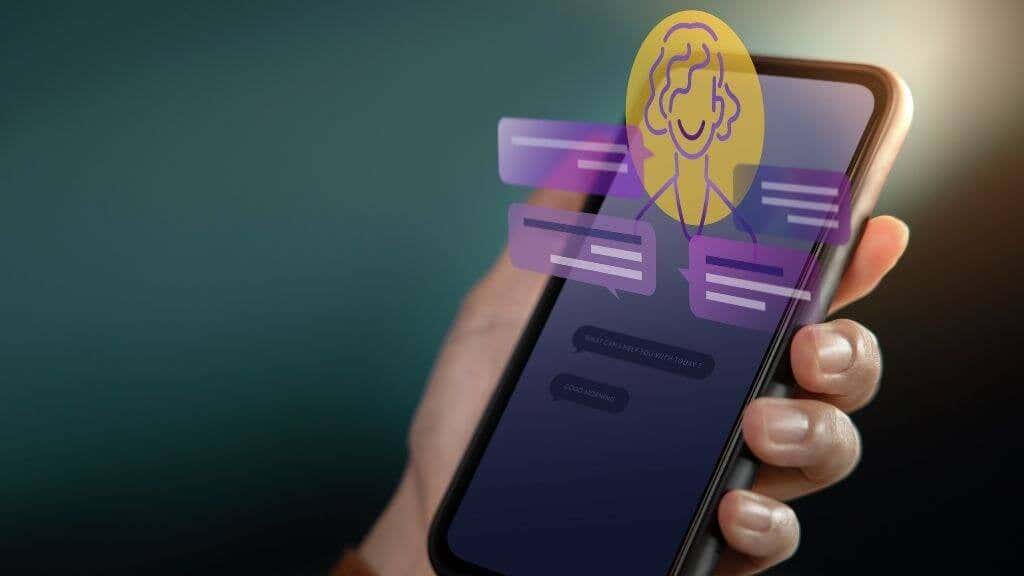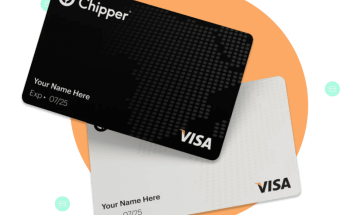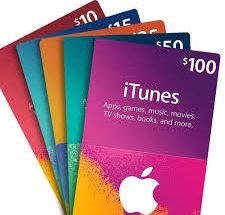Top 100+ Marketing Examination Questions for High school students(Secondary students)
Are you searching for Marketing test/Examination questions?This page contains over 100+ Well prepared marketing questions.
OBJECTIVE
1. Onion sellers association is an example of A. Cooperative society
B. Market union C. Political party D. Trade association
2. The person that provides materials to a company for the production of goods and services is called a A. Competitor B. Customer C. Retailer D. Supplier
3. Which of the following is NOT a primary product A. Animal skin B. Chair C. Log of wood D. Orange
4. The essence of distribution is to A. Deliver goods at the right time
B. Identify customer needs C. Obtain feedback from customers D. Reduce the number of intermediates
5. Which of the following differentiates a need from a want? It is A. A basis requirement for life B. A desire for something C. Negligence for some people D. Not a basic part of life
6. Organization offering similar goods and services that satisfy the same need are called A. Competitors B. Distributors C. Factories D. Marketers
7. The department responsible for monitoring of the market prices of raw materials and consumables is _____ department A. Accounts and finance B. Human resources / personnel C. Marketing D. Purchases /Logistics
8. Which of the following is an advantage of road transport? A. Provides employment B. Facilitates movements of goods C. Enhances trade and development D. Provides regular stopover
9. The concept which states that the consumer will patronize those products that offer the most quality or good features is ____ concept A. Consumer orientation B. Marketing C. Product D. Production
10. The trade agreement between Nigeria, China, Japan and Germany is an example of _____ trade A. Entreport B. Export C. Import D. Lateral
11. Goods and raw material extracted in their natural form are generally referred to as ______ products A. Finished B. Manufactured C. Primary D. Secondary
12. The stage of consumer buying process consist of the following EXCEPT A. Evaluations of alternatives B. Information search C. Legal service D. Purchase decision
13. The type of consumer products that people rarely buy are known as ___ goods A. Convenience B. Industrial C. Shopping D. Specialty
14. Understanding of human needs is the core concept of A. Demand B. Marketing C. Selling D. Supply
15. The difference between selling concept and marketing concept is that A. Marketing concept has to do with product while selling concept deals with customers B. Marketing is a management function while selling is the function of staff C. Selling concept deals with ideals while marketing concept deals with products D. Selling concept focuses on the need of the buyer.
16. The agreement between buyers and sellers to exchange goods / services for payment is known as A. Buying B. Marketing C. Market D. Selling
17. The act of producing goods in one country and selling them to customer oversea is A. Comparative marketing B. Domestic trade C. International trade D. Local trade
18. The amount deducted from a regular price of a product to ensure continual patronage from customers is regarded as A. Bonus B. Commission C. Credit D. Discount
19. The “P” in the marketing mix that manages the distribution of the product is A. Packaging B. Place C. Price D. Promoter
20. The end user of a product or services in the market is regarded as a
A. Buyer B. Consumer C. Retailer D. Seller
21. Which of the following is NOT a factor that determines the price of a product? A. quality of the product B. Customers ability to pay C. Competition from supplier D. Price of similar products
22. An example of specially good is A. Electronics B. Noodles C. Fruits D. Shoes
23. One way to express marketing concept is A. Customer is the servant B. Customer is the boss C. seller is the boss D. Seller is the servant
24. A name, term symbol or their combination that identifies the producer of a product is A. Feature B. Packager C. Brand D. Logo
25. In marketing, demand means what the family A. Needs B. wants C. Can sell D. Can afford
26. Industry goods like expensive machinery that are not purchased frequently are classified as A. Accessory equipment B. Fabricating materials B. Installation equipment D. Raw materials
27. Bidding as a form of transaction is common with ____ market A. consumer B. Government C. Industrial D. Organizational
28. Consumer behaviour is the study of A. Individuals B. Groups C. Organization D. All of these
29. Which if NOT a factor in determining the price of a product? A. Competition B. Ability to pay C. Ability to save D. Profit maximization
30. Functions of marketing does not include A. Buying B. Selling C. financing D. Consuming
31. Which is NOT included under industrial goods? A. Installations B. Accessory Equipment C. Raw material D. Emergency goods
32. The closest channel member to the consumer is A. Retailer B. Wholesaler C. Agent D. Producer
33. Sales promotion is usually targeted towards either A. The Ultimate consumer or media B. members of the marketing channel or advertising agencies C. Direct mail clients or retailer D. The ultimate consumer or members of the marketing channel
34. _____ are products bought by individuals and organization for further processing and organization for further processing or for use in conducting a business A. Consumer products B. Services C. Industrial products D. Specially products
35. Anything that can be offered to a market for attention acquisition, rise or consumption that might satisfy a want or need is called a A. Idea B. Demand C. Product D. Service
36. Even though buying roles in the family change constantly, the ____ has traditionally been the main purchasing agent for the family
A. Wife B. Husband C. Teenage children D. Grandfather
37. Things which are essential for someone irrespective of the financial situations are known as A. Needs B. Wants C. Demand D. all of these
38. Which of the following does NOT include the goals of market system? A. Minimize consumption B. Maximize choice C. Maximize profit D. Maximize consumer satisfaction
39. Those who sell goods and services of the same and similar description on the same market are called A. Competitors B. Customers C. Resellers D. Suppliers
40. Bridging the gap between producers and consumers is the sole purpose of A. Distribution B. Hawking C. Retailing D. Warehousing
41. A component of marketing mix that is put in a consumable form to satisfy the consumer is A. Product B. Promotion C. Place D. Price
42. A person or a firm to whom a sum of money is owned is A. Banker
B. Guarantor C. Debtor D. Creditor
43. Direct service is also known as _____ service A. Compulsory B. Impersonal C. Personal D. Social
44. Acquiring information about target market and competitors is called A. Marketing audit B. Marketing research C. Marketing strategy D. Public relation
45. The direct contact of a seller with potential sales is called
A. Advertising B. Personal selling C. Public relations D. Sales promoters
46. By making of possible for wholesalers to keep surplus stock until demand improves, the warehouse performs the function of A. employment creation B. Price stabilization C. Production planning D. Storage
47. When goods conforms to the required standard and quality with respect to shape, colour, size and taste the ____ function has been performed A. Exchange B. Financing C. Grading and standardization D. Pricing
48. Product planning pricing and promotion policies are elements of
A. Marketing B. Advertising C. Exhibition D. Publicity
49. The path through which goods move from the producer to the consumer is called channel of A. Consumption B. Distribution C. Marketing D. Production
50. The type of transport a manufacturer will use will be influenced by
A. Type of sales B. The tax on the goods C. The customer’s age D. Nature of goods
⇒Join us on Telegram for more Sure and Accurate football-winning tips every day...click here
SECTION B THEORY
ATTEMPT ANY FIVE QUESTIONS
1a. Define marketing?
b. State four importance of marketing
c. State four functions of marketing
2a. Define a product?
b. State two reason why a product many fail in the market
3. Give at least ten examples of goods and services
4. Draw an organizational chart to illustrate individual and organizational activities of a typical organization
5a. Define channel of distribution
b. Distinguish between consumer product (goods) and industrial production (goods)
6. Explain the following stages in consumer buying decision process
i. problem recognition ii. Information search
iii. Evaluation of alternative iv. Purchase decision
v. Post – purchase behaviour
7. State five functions of retailer to consumer
b. State five functions of a wholesaler to producers
For more Questions and Answers Kindly contact us. That is all for now- You can visit our E-learning section to practice several questions and win cash prizes on a weekly basis-Click here




